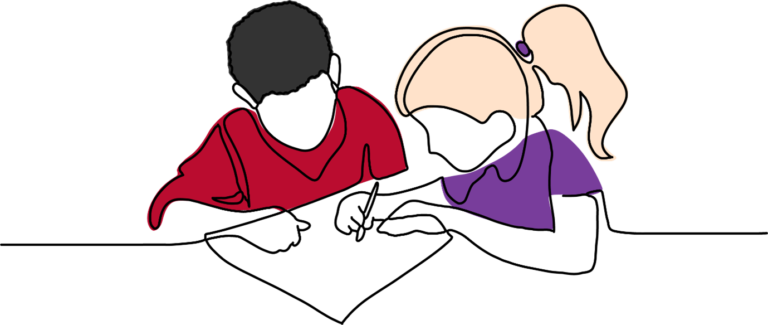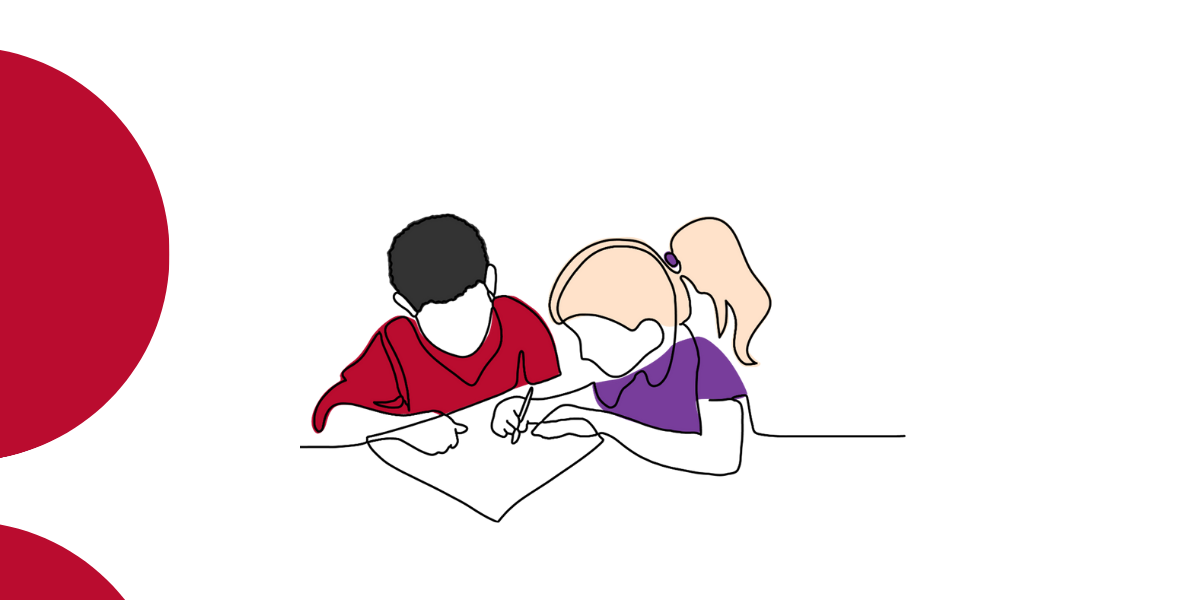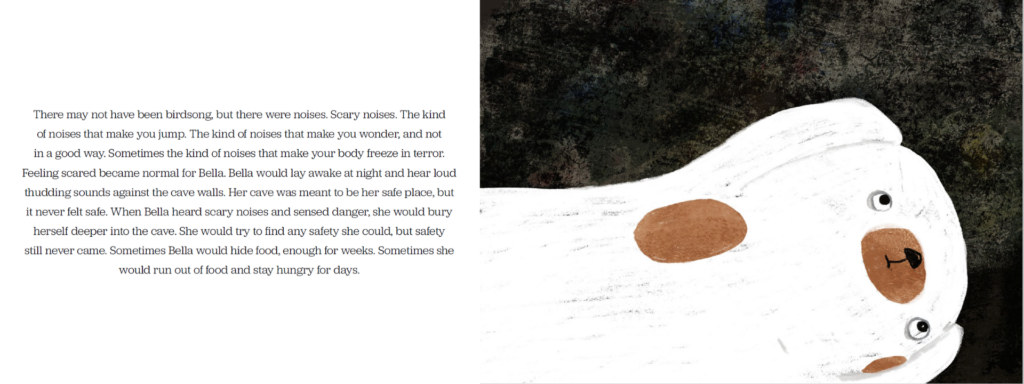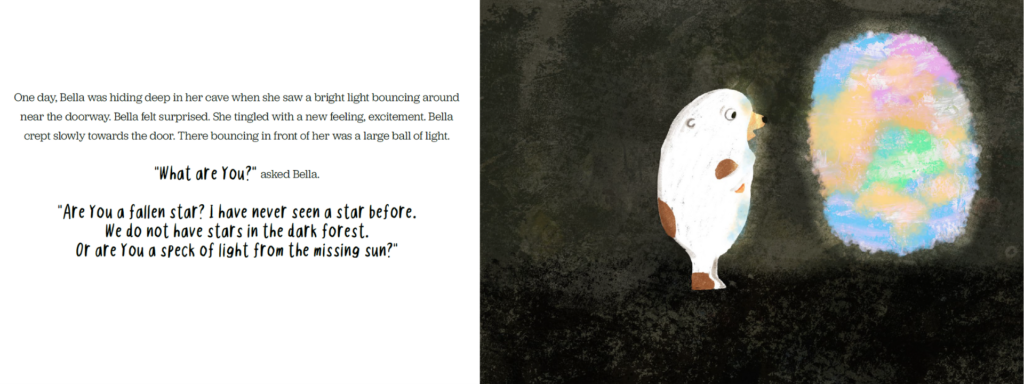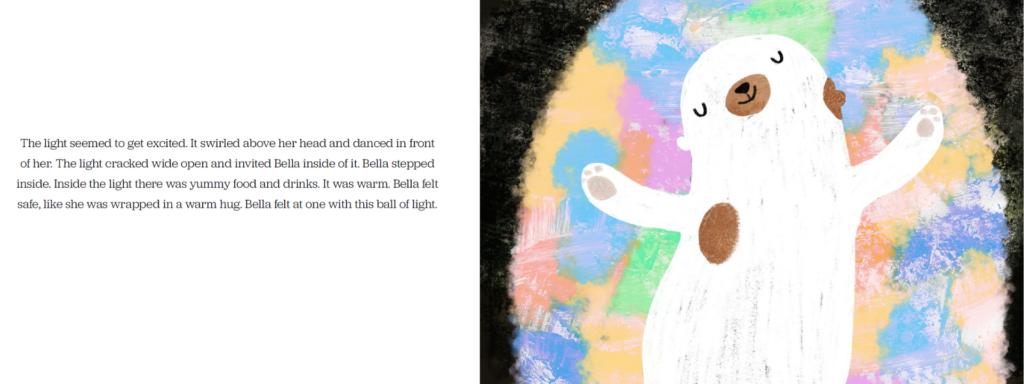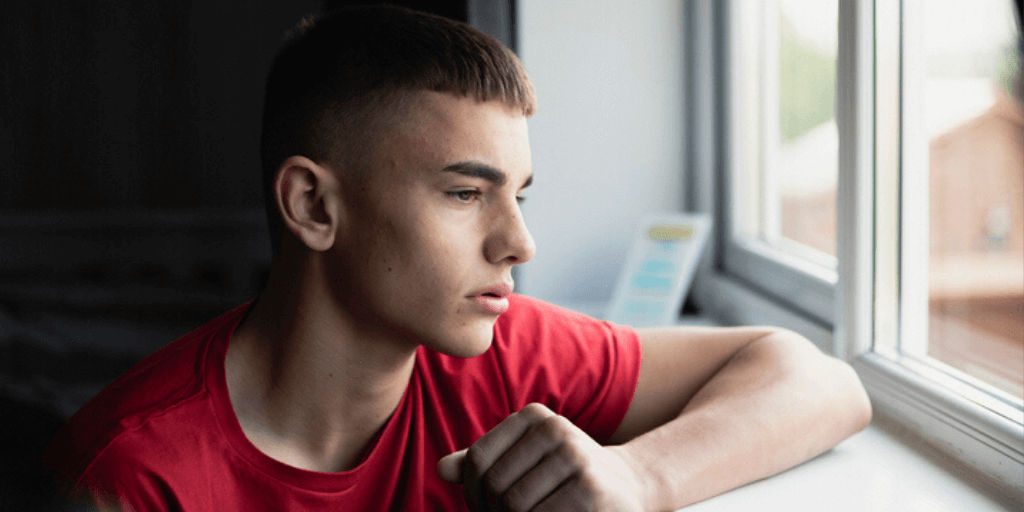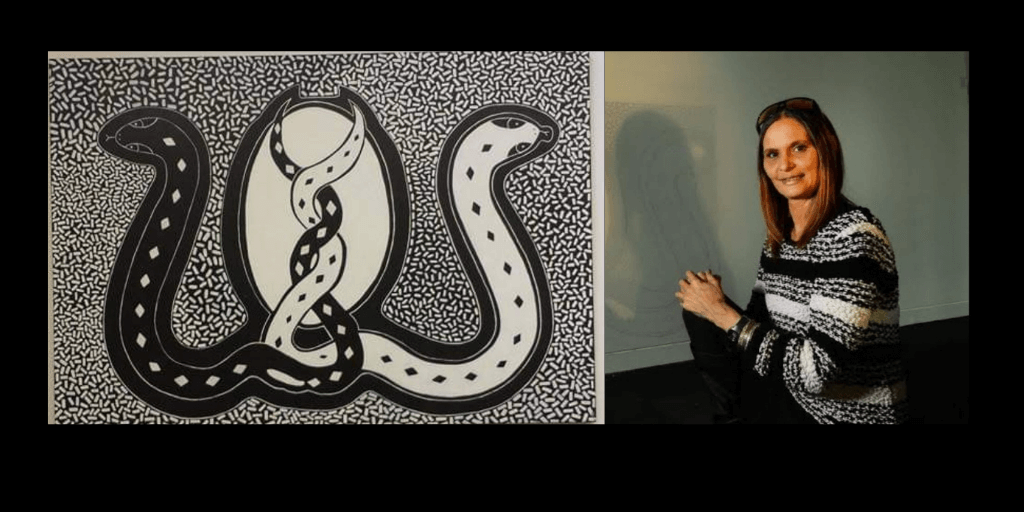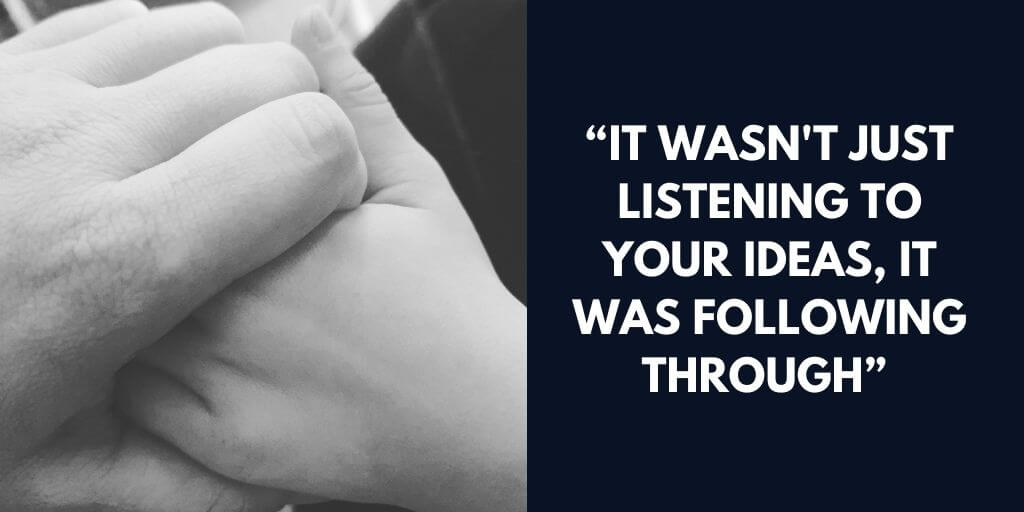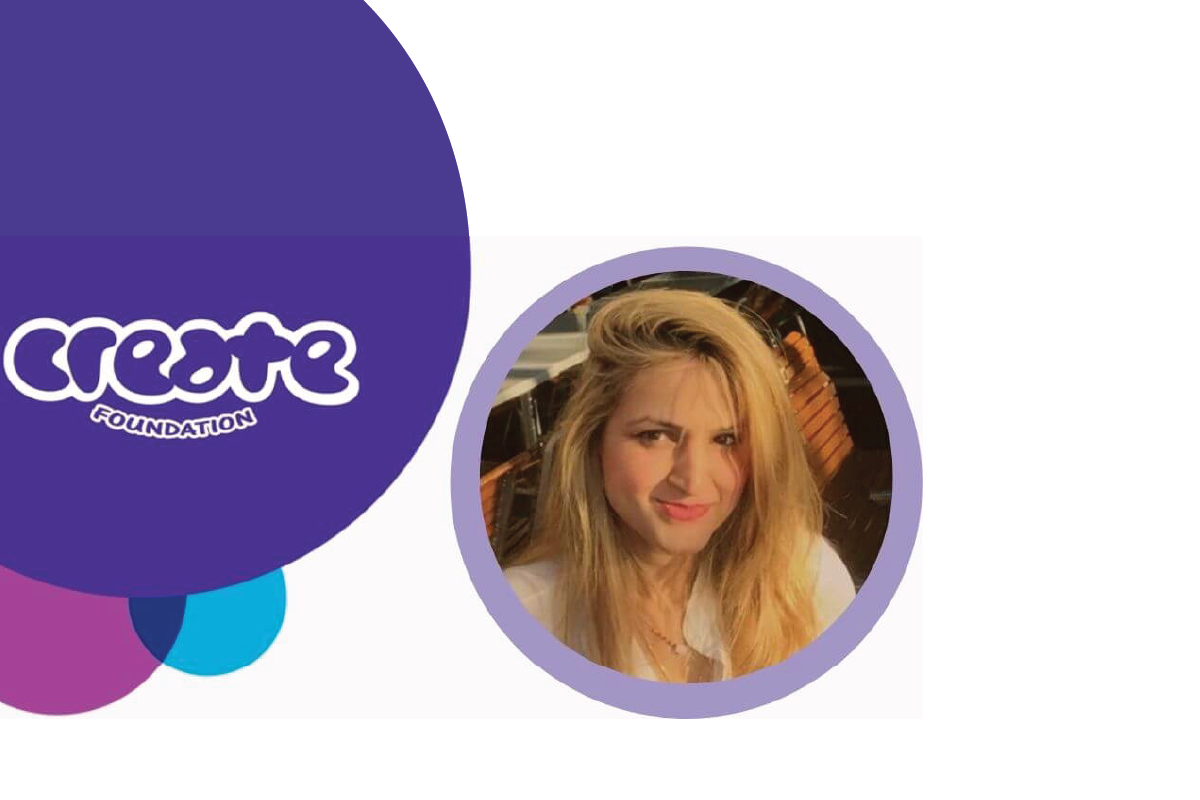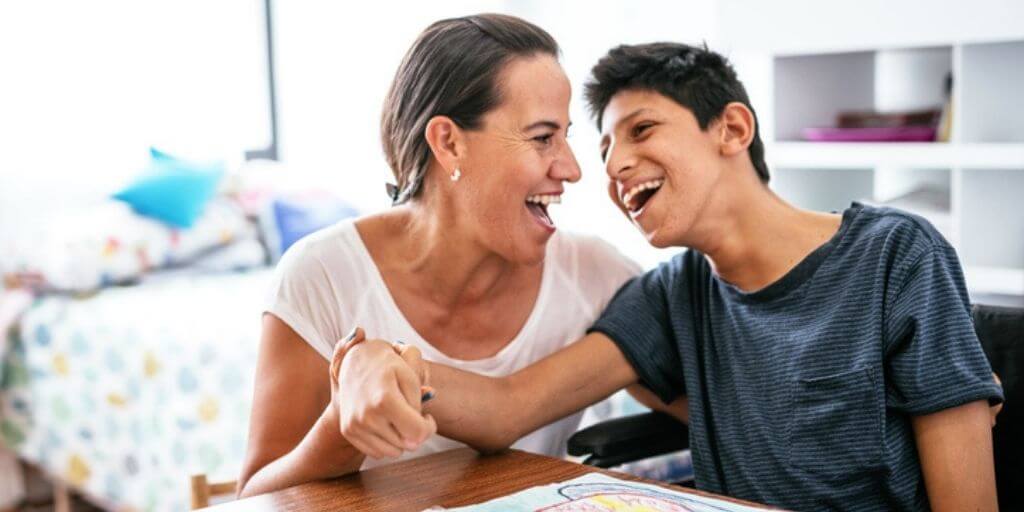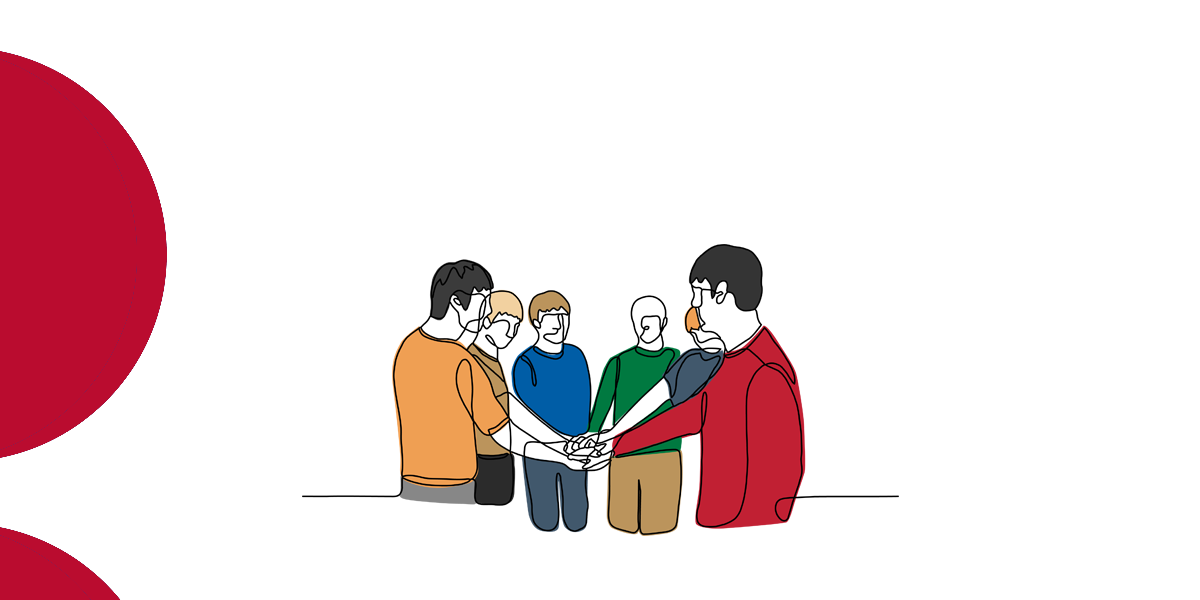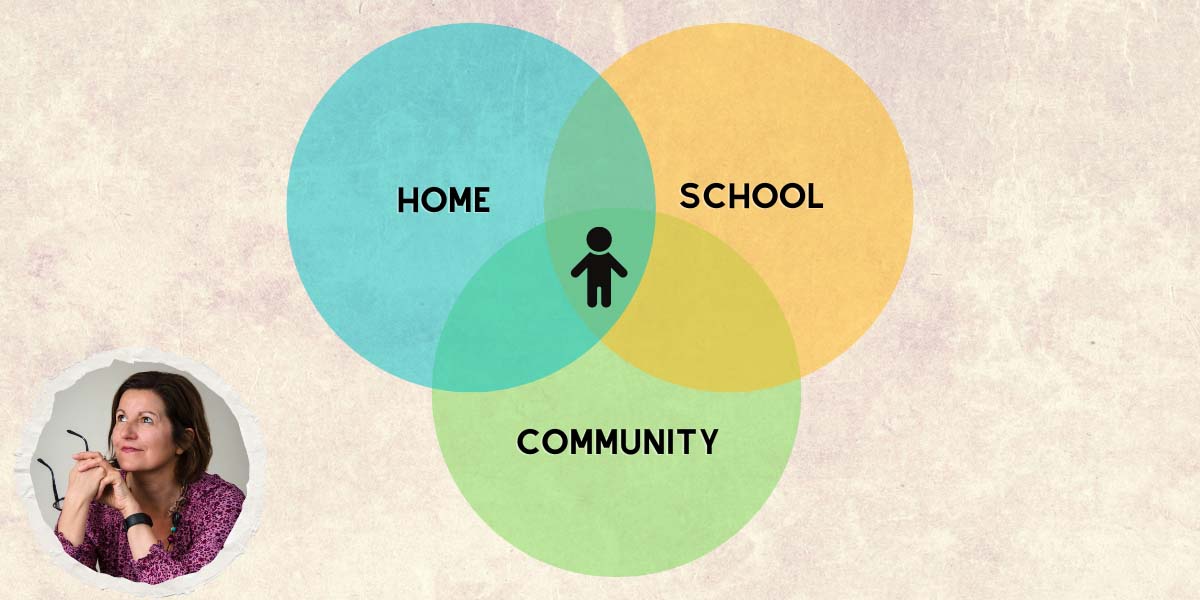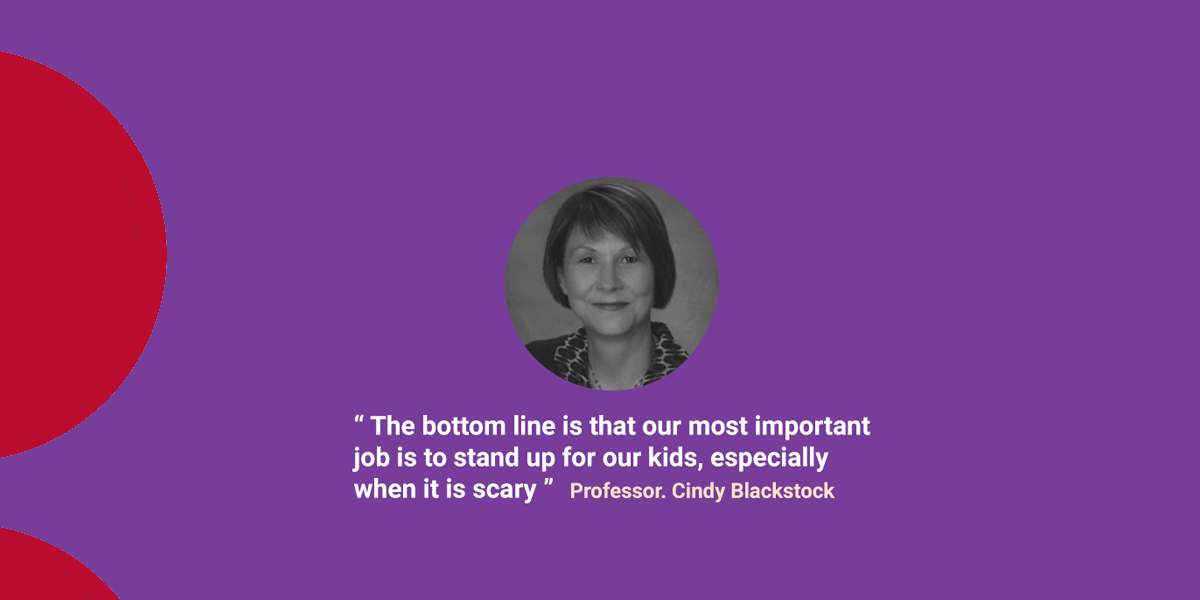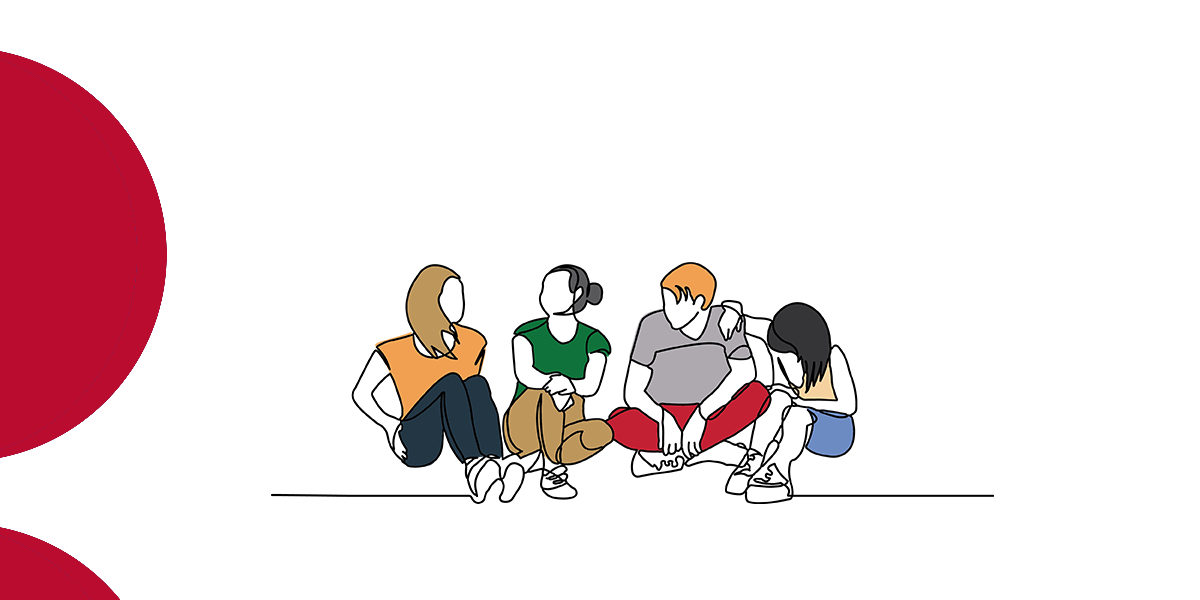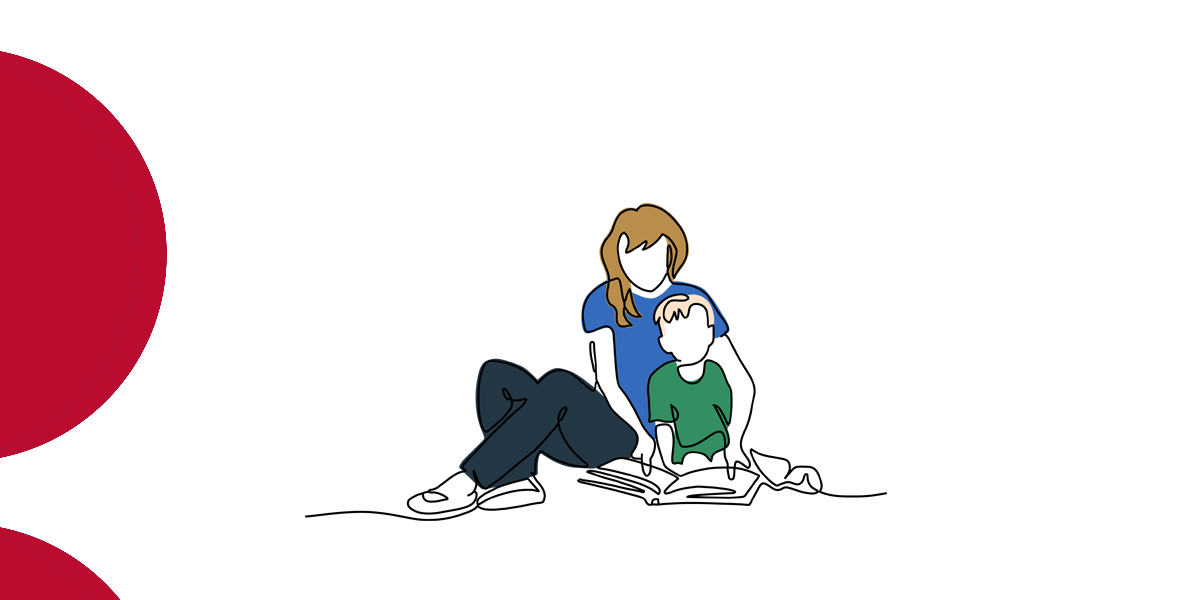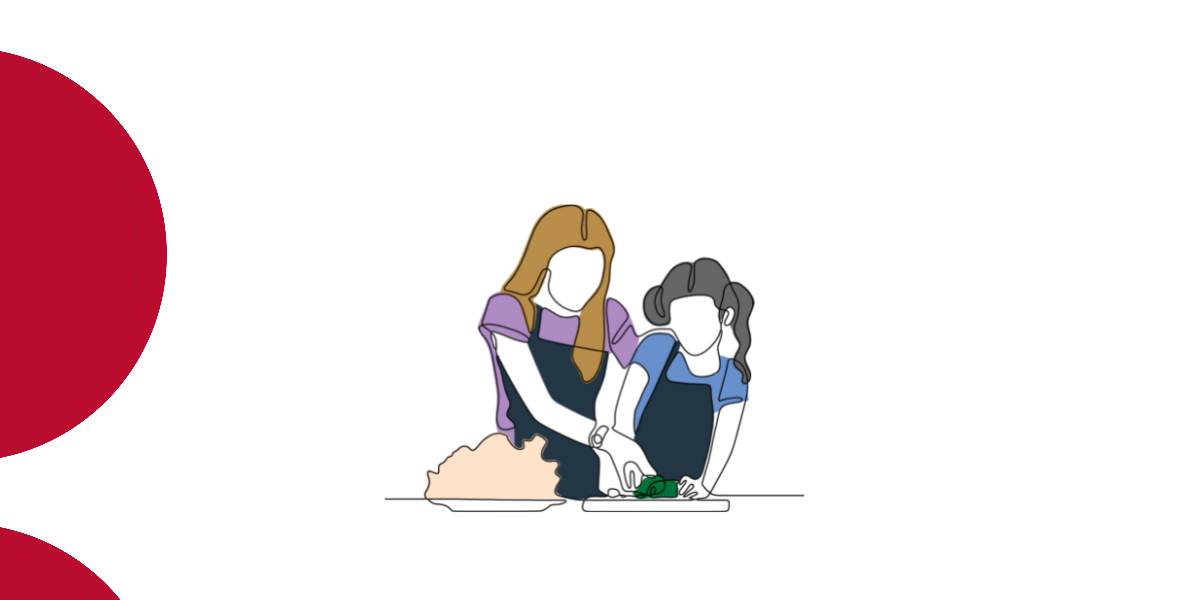The therapeutic power of imaginary storytelling
Feb 2023
Written by Skye Bekaert
World Care Day is a global event held on the third Friday of February every year to celebrate the voices of children and young people with a care experience. The theme this year is “don’t judge a book by its cover, embrace our stories instead”. This World Care Day, I have been reflecting on how I have used stories as a therapeutic specialist to create a safe avenue for children and young people to connect with themselves and others and make their voices heard on their own terms.
Recently I was supporting Makeysha, who became my co-author on a book she called Bella’s Story, which we have since had illustrated and published here.
Bella’s Story did not take a linear road to creation. It began with a story I wrote about a bear who finds a path out of the darkness that was consuming her. When I read this story to my co-author, something resonated with her. Exactly what sparked the connection is something only Makeysha can know, but it inspired her to create her own meanings around the bear’s journey.
Storytelling creates what psychoanalyst Winnicott refers to as a “transitional space” that forms a pathway between our inner subconscious and our outer social world. We can use this pathway to travel towards what we suppress in our subconscious selves through the safe distance of metaphor and symbolism. As we move towards these shadowy parts that are too overwhelming to confront, we gain ownership and control, leading to better integration and attachment to self. Whether we are the listener or teller, these stories evoke images and emotions that we relate to our lived experiences.
Therapists entering this transitional space with children and young people can help explore the language, patterns, and narrative structures that can help clients make sense of their own stories. Attaching conscious meanings to unconscious somatic feelings stimulates the ventrolateral regions of the brain, calming the amygdala and allowing greater emotional regulation.
Makeysha pulled meaning from points of darkness and wove new narratives throughout the old. At first, the process was largely non-verbal. Makeysha invited me to paint blackness with her. We used her preferred mediums of colour and art to sit in this darkness for weeks. Together, we looked for form, wondering how to find it without light. Eventually, we reached the edge of darkness, and images began to appear. We began to rewrite the story using everything we had learned, creating new narratives and meaning. Makeysha depicted Bella as a bear who has become a powerful advocate for children’s rights to have their voices heard.
Real people came to hear Bella’s story and they listened to everything she has to say... Bella thinks this story will help other children to tell their story.
- Makeysha
This raises the importance of not just listening to children’s voices, but also considering how we listen, and how we prevent treating participation as a checkbox hurdle. It is becoming more common to ask children in care for their voice on matters that affect them, but I consistently hear in the therapy room that they do not feel truly heard.
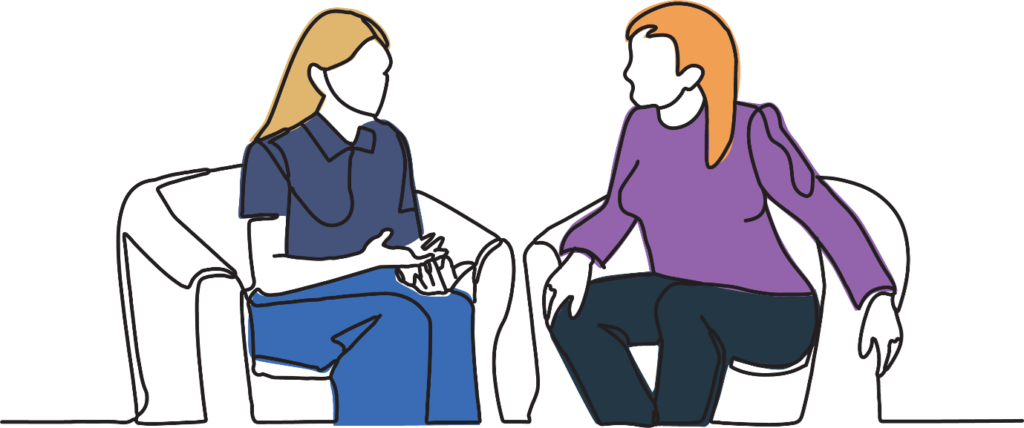
How we can truly hear children’s voices
How are adults going so wrong in listening to children and young people, despite our motivation to include their voices? Within this discourse, “safety” and “voice” are interconnected. There must be a consistent dialogue between the two. When a child feels safe to use their voice and feels truly heard in whatever way they choose to communicate, both their actual safety and neuroceptive feeling of safety improve, creating better stability and capacity to speak their truth.
For children and young people, sharing imaginary stories with a safe and attuned adult creates a new way to feel seen and heard. The shared process of creative storytelling develops shared meaning-making, creates space for children to become connected to and communicate their identity and needs in their own way, on their own terms.
Learning to listen differently
I suggest we need to begin by reflecting on the power dynamics that exist between adults and children, and how we create safety as well as help children feel safe within those dynamics.
There is a historic and widespread construction of children as a developmentally incomplete, not yet competent to bear all available knowledge or be active social agents in their immediate or wider environments. This leads to tokenistic ways to get children’s “input” without truly listening to their voices, and children notice and internalise their devalued role in the structure.
However, when children and young people actively find their own way to speak out, adults often see this non-normative communication as rebellious, and shut down their voices to focus on managing behaviours. Some children and young people respond by adopting louder approaches, while others withdraw from participating.
Establishing safe communication
Another consideration is that children and young people who have experienced trauma may often associate exercising their voice with unsafe experiences. Some may have been repeatedly and aggressively silenced, while some might see silence as a retreat to safety. Listening to and respecting what they communicate in silence is just as important as listening to their words.
To hear children and young people’s authentic voices, we must first create safety, by offering a space where they feel safe and empowered to put their needs forward, confident that their communication will meaningfully influence any actions that follow. Creative storytelling can hand power back to the young client and create a safe space for reflective discourse.
Listening to develop relational connection
The most prominent impact I see in children and young people from using stories therapeutically is when they make a deep connection with a story – maybe they jump out of their chair demanding more information, their eyes widen with interest, or they simply say “again” – the story connects to and frees a part of them that has been closed off.
I have learnt that when a child feels this connection to an existing story, or brings you their own, to listen and listen deeply. Stay with the child through the process of meeting parts of themselves, and give it time. If they want to explore a certain scene or character creation more, let them. There is no one way to tell a story. Allow the child the creative freedom and time to find and express their own meaning.
When invited, we can help children find meaning, weave narratives together, and explore pathways out of difficult situations. We can sit together in all the feelings: disappointment, fear, anger, surprise, joy… Doing this teaches us so much about what they need for regulation, where they feel safest, what their hopes for the future are, and their strongest preferred ways to communicate.
To truly promote that connection as a therapeutic specialist, we must listen and learn. Travel with them, be by their side, sit in the darkness, find the courage to go and meet the monsters, touch noses with the fox, explore the chaos, and soar through the air on the eagle’s back. Listen to their stories and listen again.
Stories are a powerful therapeutic tool that open a unique window to the inner and outer worlds of children and young people. Stories facilitate greater connection to self and to others, and open up new means of self-expression and meaning making. Active listening and sharing those stories can create real change for children and young people past tokenistic input, and give them the skills and confidence to make their voices heard in future.
